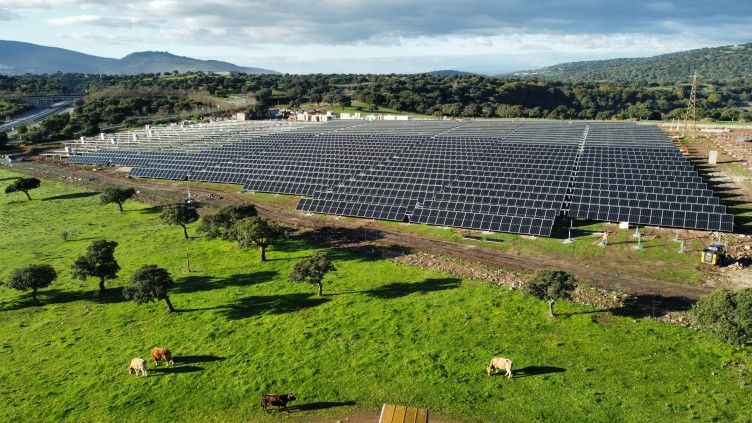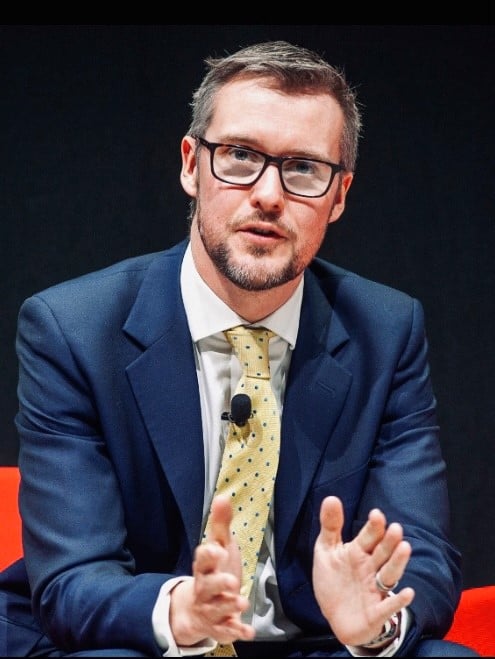
Sustained investment is a cornerstone of the clean energy transition, and this is reflected in record-breaking investments into the renewable power space. According to Bloomberg New Energy Finance, 2023, the last year for which there is complete data, saw US$1.8 trillion in clean energy investments, up from US$1.5 trillion the year before, and more than three times the money that was invested as recently as 2019.
However, there is a very real issue that sheer volume of capital is no longer the limiting factor for the energy transition, but the ways in which that capital is deployed.
Try Premium for just $1
- Full premium access for the first month at only $1
- Converts to an annual rate after 30 days unless cancelled
- Cancel anytime during the trial period
Premium Benefits
- Expert industry analysis and interviews
- Digital access to PV Tech Power journal
- Exclusive event discounts
Or get the full Premium subscription right away
Or continue reading this article for free
The same Bloomberg figures note that US$135 billion in clean energy supply chains in 2023, and that in order to meet the world’s clean energy deployment goals by 2030, significantly less investment will be required until the end of the decade. For instance, Bloomberg expects the world to need just US$28 billion of investment in 2024, and no single year would need more than US$111 billion in new capital.
According to Bart White, managing director and European head of energy structured finance at Santander, banks are one actor well-positioned to take advantage of this need not for sheer capital, but more nuanced financing structures.
Ahead of Solar Media’s Solar Finance & Investment Europe event, to be held in London next week, White spoke to PV Tech about the increasingly critical role of banks in supporting the growing solar industry.
PV Tech: What role do banks have to play in providing finance for renewable projects in general, and solar projects in particular?
Bart White: Banks are critical enablers of the transition to renewable and sustainable forms of energy generation, as they provide the essential capital required to fuel the development and scaling of projects. In the case of solar projects specifically (and of course other sub-sectors), banks not only act as direct financiers but also as intermediaries, facilitating realisation of projects through instruments such as letters of credit and other credit support mechanisms.
Additionally, Santander CIB as an example of the leading player in this space plays an active role in fostering innovation and developing financing solutions that improve capital formation for our clients, ensuring projects are well-structured and attractive to investors. Through our extensive networks, we also connect buyers and sellers via our mergers and acquisitions (M&A) franchise, creating liquidity, capital recycling and enhancing efficiency in the renewable energy space.
One area worth highlighting is the role of flexible financing solutions, such as Santander’s variable amortisation P50 debt-sizing product, in enabling the success of renewable projects. These structures provide developers with greater flexibility to align debt repayment with cash flows. By innovating in such ways, Santander and our peers can better support the growth and scalability of renewable energy projects, including solar, and help ensure their long-term viability.

Has the risk appetite among investors changed in recent years, and do you think it will need to be recalibrated if the world is to meet its ambitious clean energy deployment targets?
In recent years, the risk appetite for renewable energy projects, including solar, has continued to increase which is, I believe, very rational. The resilience of renewable assets during for example the COVID-19 pandemic demonstrated their stability and value as an asset class, encouraging greater confidence among financiers.
However, meeting ambitious clean energy deployment targets will likely require further adjustments to risk assessment frameworks. Banks may need to adapt their approaches to accommodate emerging technologies, evolving market dynamics, and regulatory changes, ensuring that financing models are aligned with the scale and urgency of the energy transition.
What other risks affect your decision-making when investing in a solar project?
Several risks play a role in decision-making, including regulatory uncertainty, the creditworthiness of off-takers, project timelines and overall market conditions. Financing structures, such as power purchase agreements (PPAs) and hedging mechanisms, also significantly impact our assessment of risk.
However, some challenges fall outside any bank’s direct influence. For instance, lack of grid infrastructure in a certain geography can limit the scalability and feasibility of solar projects, presenting a bottleneck for capacity additions. This evolves over time. While we cannot directly address such infrastructure gaps, we support coordinated investment and partnerships to tackle systemic challenges and de-risk projects.
How does solar compare to other renewable power sources, such as wind, from an investment perspective?
From an investment perspective, solar power is often viewed as more predictable than wind, given its lower variability in generation patterns and its decreasing cost of deployment. Solar projects are relatively straightforward to scale and install, and advancements in storage solutions are further enhancing their appeal.
However, wind power – both onshore and offshore – offers its own advantages, particularly in geographies with consistent wind resources. Over time, risk assessments will indeed shape the energy mix, as banks and investors allocate capital based on factors such as technology maturity, project viability, and regulatory support. While solar is likely to play a dominant role in the future, I believe a balanced portfolio incorporating diverse renewable sources will be essential to achieving global energy goals.
Is there a particular technology you consider to be more or less risky than others?
It is difficult to single out a particular technology as inherently more or less risky because risk is heavily influenced by a range of factors, including the financing structure, project location, regulatory environment, and the credibility of the developer or owner. While some banks may have preferences or more experience with certain technologies, most are open to considering well-structured projects across the renewable energy spectrum.
For developers, ensuring robust project fundamentals – such as clear contracts, favourable regulatory conditions, and sound project management – is often more critical to securing investment than the specific technology deployed.
White will be present at Solar Media’s Solar Finance & Investment Europe event, to be held in London on 4 – 5 February 2025. This event annually attracts infrastructure funds, institutional investors, asset managers, banks and development platforms at the forefront of European renewables; the vast majority of which are responsible for billions in active and prospective investments in the Europe’s energy transition. For more details, visit the website.






